Classroom reward ideas are everywhere — if you’ve been teaching for more than five minutes, you’ve probably seen plenty of Pinterest boards, teacher Facebook groups, and endless TikToks showing elaborate classroom stores, intricate sticker charts, and shelves lined with prizes.
While those can be fun, the truth is: you don’t need a fancy system to make rewards work. In fact, you can keep it simple, low-prep, and still see amazing results in student behavior and motivation.
The best part? When you shift your focus away from spending hours managing a reward store or cutting out tiny paper tokens, you free up time and energy to focus on what really matters: building a positive learning environment where students feel valued, supported, and excited to learn.
Let’s break down why complicated reward systems aren’t necessary — and what you can do instead to encourage good behavior, build intrinsic motivation, and make your classroom feel like a community.
Ready to hear the best classroom reward ideas that will actually work? Let's do it!
Looking for classroom rewards that actually work? This bundle has everything you need!
Click to jump to:
- Classroom Rewards That Actually Work
- Classroom Rewards Ideas FAQ
- Classroom Rewards Tips
- Why You DON'T Need A Fancy Classroom Rewards System
- Classroom Rewards That Work For You
Why You DON'T Need A Fancy Classroom Rewards System
Look, I get it. The idea of a colorful prize cart or a shiny classroom store is tempting. You roll it out on Fridays, students get wide-eyed, and you feel like you’re in a commercial for the “world’s best teacher.”
But here’s the thing:
- It’s exhausting to maintain. Keeping your store stocked, tracking points, and managing the “but I forgot my tickets!” drama can eat up hours. Not to mention the cost–who has the extra cash for all those stickers, prize boxes, and cute eraser toys?
- It can overshadow intrinsic motivation. When rewards become the only reason kids behave, you’ll hear, “What do I get if I do this?” instead of “I want to do this because it’s the right thing.” That's not going to help you in the long run, and it's certainly not going to help your students.
- Chart systems are shaming and do more harm than help. The same students will perpetually be in trouble on the clip chart. Chart or individual point systems do nothing to help break the cycle for those students who are often pushing the boundaries.
The truth is, you don’t need stickers, charts, or a store to build a positive behavior culture in your room. You can still make rewards exciting without the weekly trip to the dollar aisle.
The truth is, you don’t need stickers, charts, or a store to build a positive behavior culture in your room.
Let me show you exactly what you can do instead that will give you real results for your classroom. This is going to be so much more sustainable than some crazy individual rewards points or sticker system that you have to manage all year long.
Classroom Rewards Ideas That Actually Work
Instead of focusing on elaborate systems, keep your rewards flexible, fun, and meaningful. Here’s a simple classroom rewards idea where your rewards are helping alongside the rules and routines you've put in place, rather than being the centerstage attraction.
1. Get Super Clear on Your Rules
Before we talk about rewards, we have to lay a foundation. Rewards only work when students understand exactly what behavior earns them. Spend time teaching and practicing your rules and routines, especially at the beginning of the year or after long breaks. If you can read more about establishing classroom rules in this blog post here.
My favorite way to do this is:
- First create a classroom promise to establish your classroom values: Keep these simple and clear. Have your students sign the promise with a signature or a handprint to show they agree to follow these values.
You can get a free template to create your classroom promise right here.
- Next, focus on making your expectations during lessons crystal clear: You can invite students to help think of what these expectations should be. And don't forget that it may look different for different students.
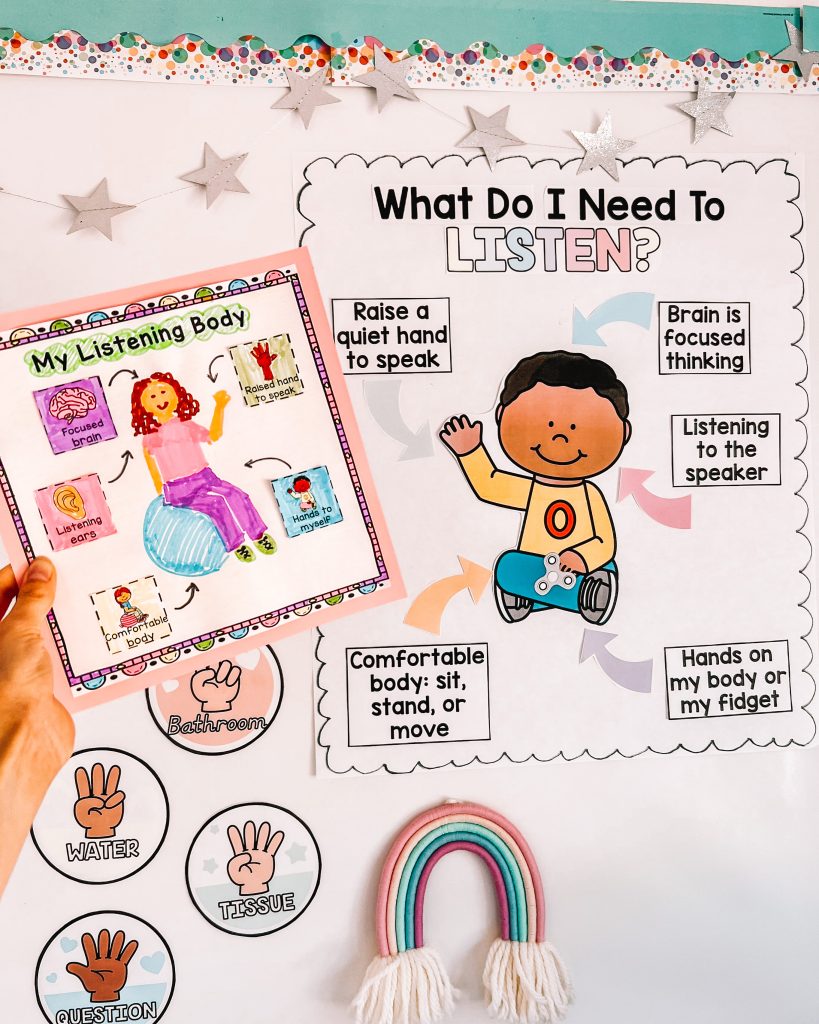
You can get this inclusive listening body activity in my TPT store right here.
- Finally, use anchor charts and crafts to master classroom routines and procedures: Caring for classroom materials, the procedure to line up and come in every morning, transitioning from one thing to another throughout your classroom schedule… all these things need to be established and practiced!

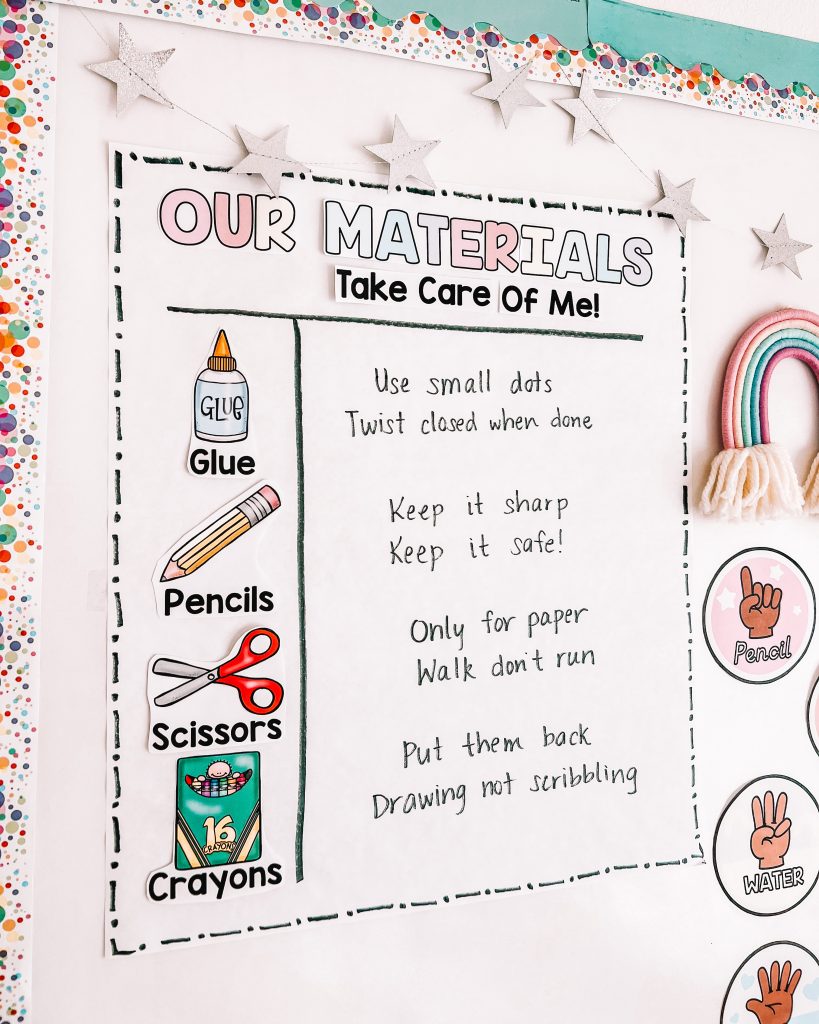

As you're establishing these rules and routines, make sure to give lots of positive reinforcement to your students. There are lots of fun classroom reward ideas to do this – let's dive into that next!
2. Positive Reinforcement Ideas
Positive reinforcement is the biggest key to incorporating classroom reward ideas that rely on intrinsic motivation rather than rewards.
This means pointing out students who are following expectations, praising students who go above and beyond, and most of all showing students that your energy and attention are triggered by great behavior, not rule-breaking.
Pointing out the good things you see individual students and the entire class doing is also going to make you feel way more positive about your day–so that's a bonus too! You can do this at any time of day, but when you're first getting started, it's helpful to have some specific times when you are intentional about doing this. Some great times of day to point out positive things you are:
- When students come to the rug for a lesson: call out any students you see coming quickly and quietly, getting out the necessary materials, etc.
- Lining up for recess: notice students who are lining up appropriately, showing self control, and having safe bodies
- Transitions: mention students who are cleaning up right away, following the directions you gave to start the next thing, and being respectful to others
- Group or partner work: call out the groups or partners who are being kind, supportive, and on task
There are so many fun and easy positive reinforcement ideas, but here are a few of my favorites:
- Positive note home or email to parents (students love to show these off).
- Picking a stuffed animal “class mascot” to sit at their desk for the day.
- A time of day to give “teacher shout-outs” (or “student shout-outs” if you want to invite your students to start noticing great things too.)
These classroom reward ideas are simple, yet effective. And they put the emphasis on good behavior in action, rather than on earning rewards as a separate system.
3. Whole Class Rewards Ideas
When you want to encourage teamwork and build a sense of common goal, whole class rewards are your friend. These can be a powerful tool to motivate the whole class to work toward a behavior goal that will benefit the class as a whole.
These are also great because classmates are in it together–so it removes any kind of jealousy or competition that you can get when individual rewards are being handed out.
This is one of my favorite classroom reward ideas you can implement with the whole class:
- Group Incentive Charts: These are a great visual for students to see their progress as they work towards a goal. You can use a new one every month, or bring these out for particularly tough times (you know–like that last week before winter break!) Here's how it works….
- Set a specific behavior goal with your students (not calling out, speaking respectfully, taking care of materials, etc.)
- Every day that your class meets the goal to your satisfaction, you fill in one piece of the chart.
- When the chart is all filled up, they've earned a reward!
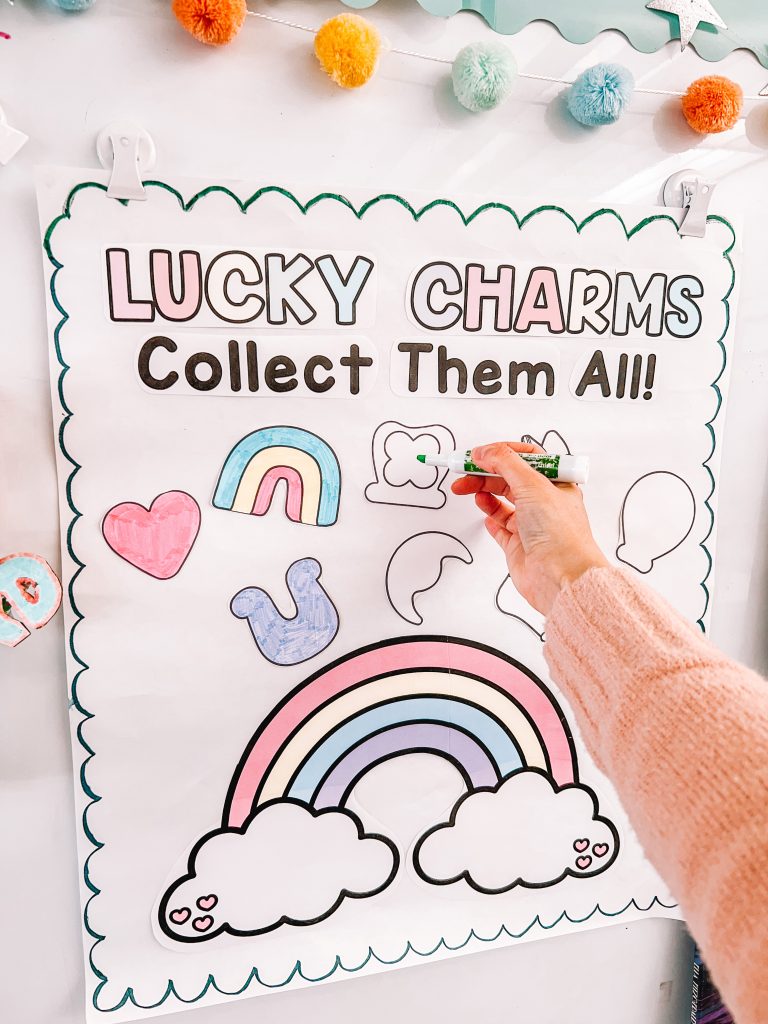

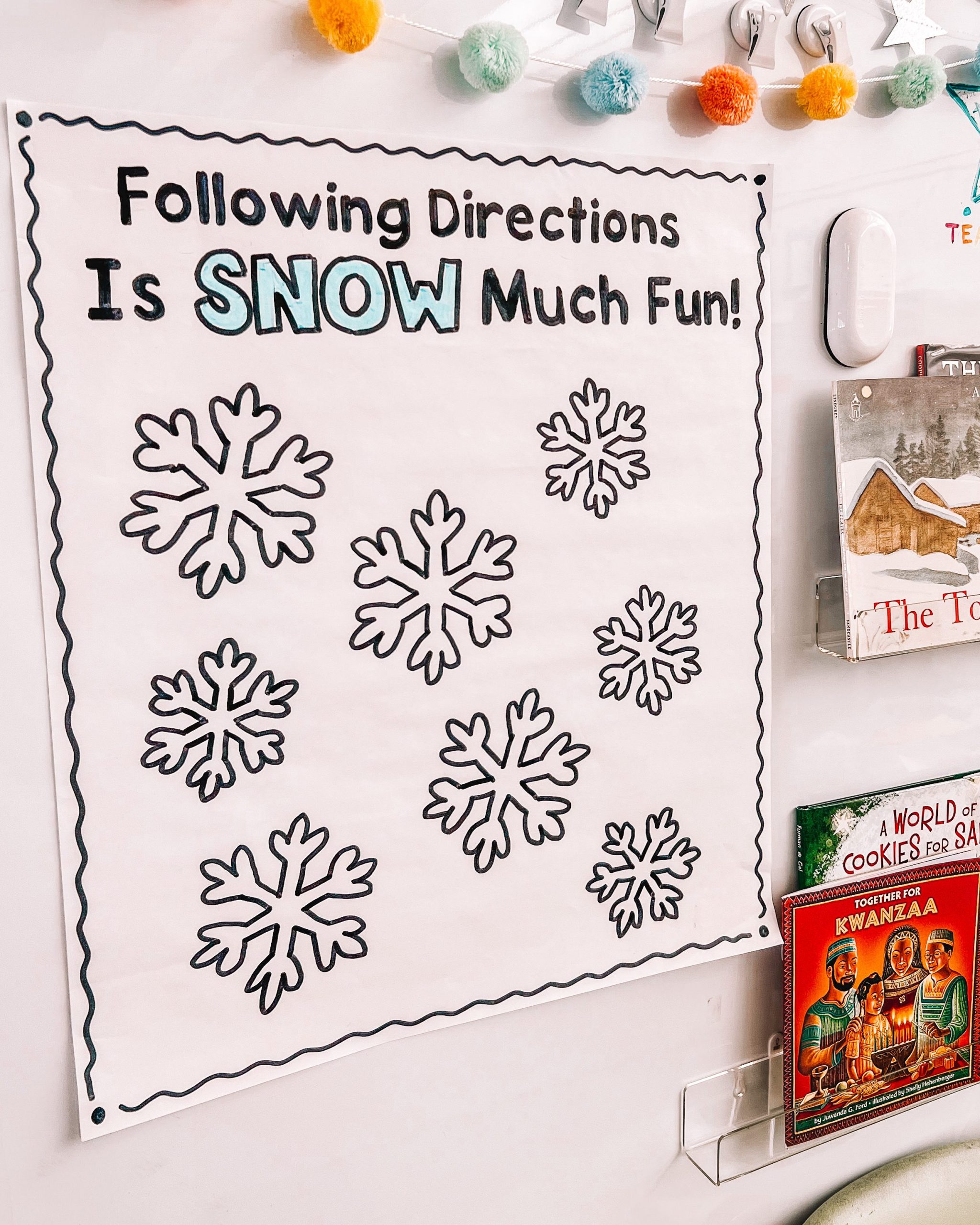
You can get themed monthly incentive charts right here in my TPT store.
Wondering what to give your students as a reward when they complete their classroom goal? These are some classroom reward ideas to celebrate with your whole class:
- Dance party — play a couple of upbeat songs and let them move.
- Board games afternoon (bring in your own or borrow from the library).
- Pajama day with read-alouds and cozy activities.
- Extra recess or free time outside.
- Virtual field trips (these virtual field trips are my favorite to use).
4. Random Rewards for Students Doing Great Things
Sometimes the most effective rewards are unexpected. I highly recommend a stash of simple prizes or privileges for those “caught being awesome” moments.
These don't have to be fancy. Here are some classroom reward ideas that work great for random rewards:
- Brag bracelets: These are so fun to have on hand! Pass them out whenever you need to reel the class back in – once students see you giving them to others, they'll quickly get on board with what they should be doing!
You can get these brag bracelets here in my TPT store.
- Stickers: A random sticker here or there can be a great motivator. This is very different than a sticker store or anything that becomes collected or counted up.
- Something special to hold: You might have a special wand or little gem that you give to the student who transitions the most quickly, or the student who is participating the most – not a system you have to keep track of, just when you think of it!
These rewards also don't have to be tangible! It can be as simple as saying “Wow, I saw Kai clean up so quickly and come right to the rug–he's going to pick our brain break video for today!” Some other non-tangible reward ideas might be:
- Letting a student sit at the teacher’s desk for a lesson.
- Being first to choose their work during choice time.
- Giving them the job of line leader all day.
Random rewards are a powerful tool because they keep students on their toes — they never know when their good behavior will be noticed. I do recommend that you make sure every students gets a random reward now and then–this will keep everyone motivated to keep doing their best.
5. Just for Fun Rewards
Not all rewards have to be tied to behavior. Sometimes you just do something fun because you can.
A few ideas:
- Bring in your pet (with admin approval) for a visit.
- Surprise them with a midweek dance party.
- Let them bring a stuffed animal for the day.
- Organize a silly “teacher versus students” game.
- Give them special privileges like eating lunch in the classroom with friends.
These moments build relationships, which often leads to better behavior naturally.
Classroom Rewards FAQ
Q: How do I make sure rewards don’t become bribery?
A: The key is to focus on positive behavior rather than pointing out negative behavior. This will help build intrinsic motivation. Talk often about why behaviors matter, and what the expectations are.
Q: What if a student never earns a reward?
A: Make sure they do. Look for small wins. Recognize even tiny steps toward good behavior so no one feels left out.
Q: Do I have to spend money?
A: Nope! Some of the most effective rewards are special privileges or experiences that cost nothing.
Q: What if students only behave when rewards are on the line?
A: Gradually shift from frequent tangible rewards to more praise, positive notes, and privileges. Over time, they’ll start acting for the positive learning environment itself.
Q: What if I have one student who really needs more support to meet behavior goals?
A: Some students do need more support. I recommend using personal goal charts for these students. You can work them on specific behavior goals and set a separate reward for them when they meet it. Not all our students are in the same place–we need to meet each student where they're at to help them feel successful at school.
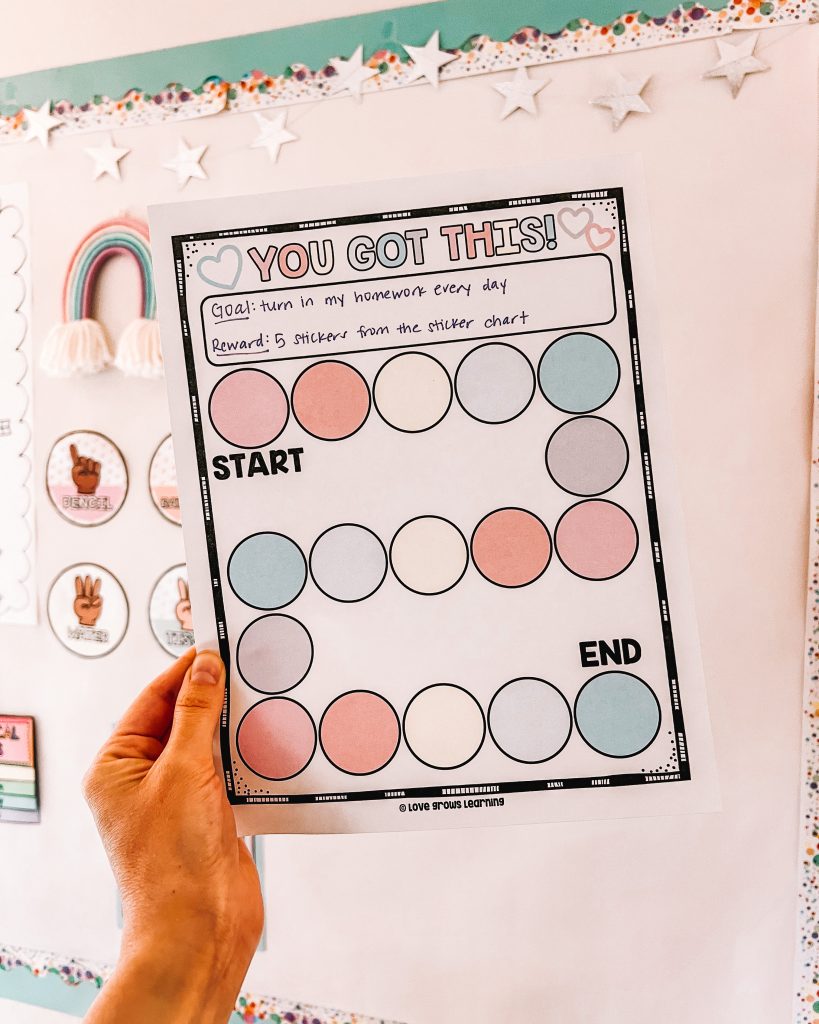
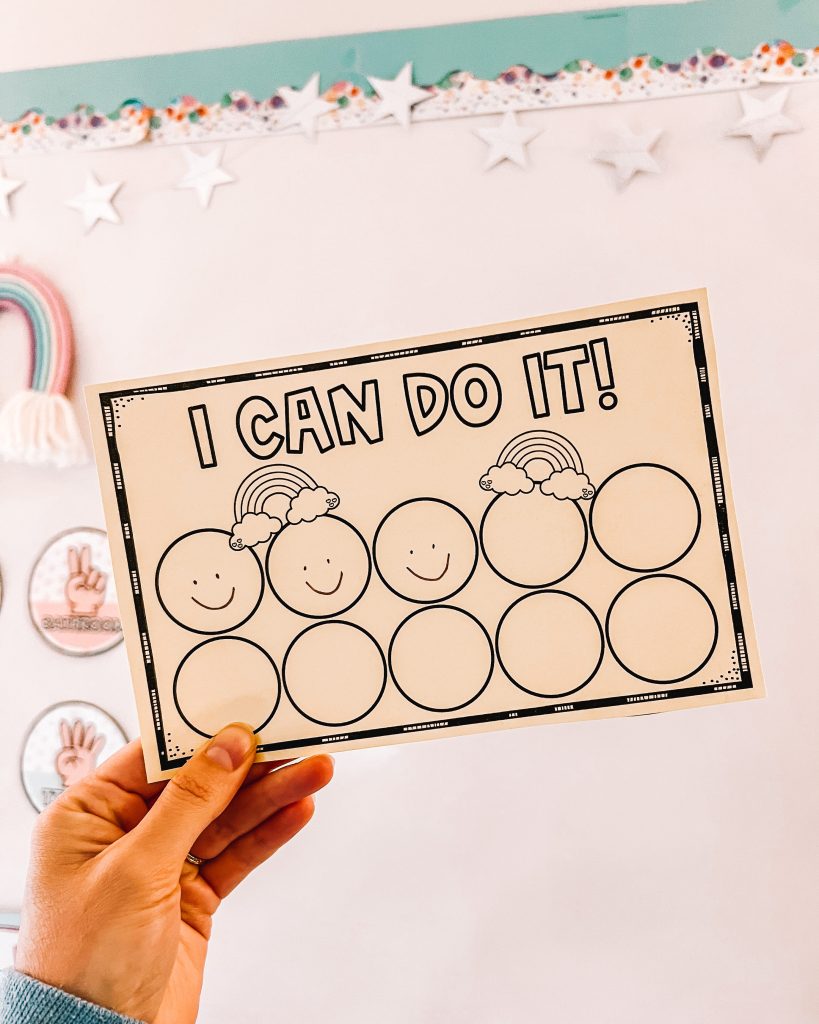
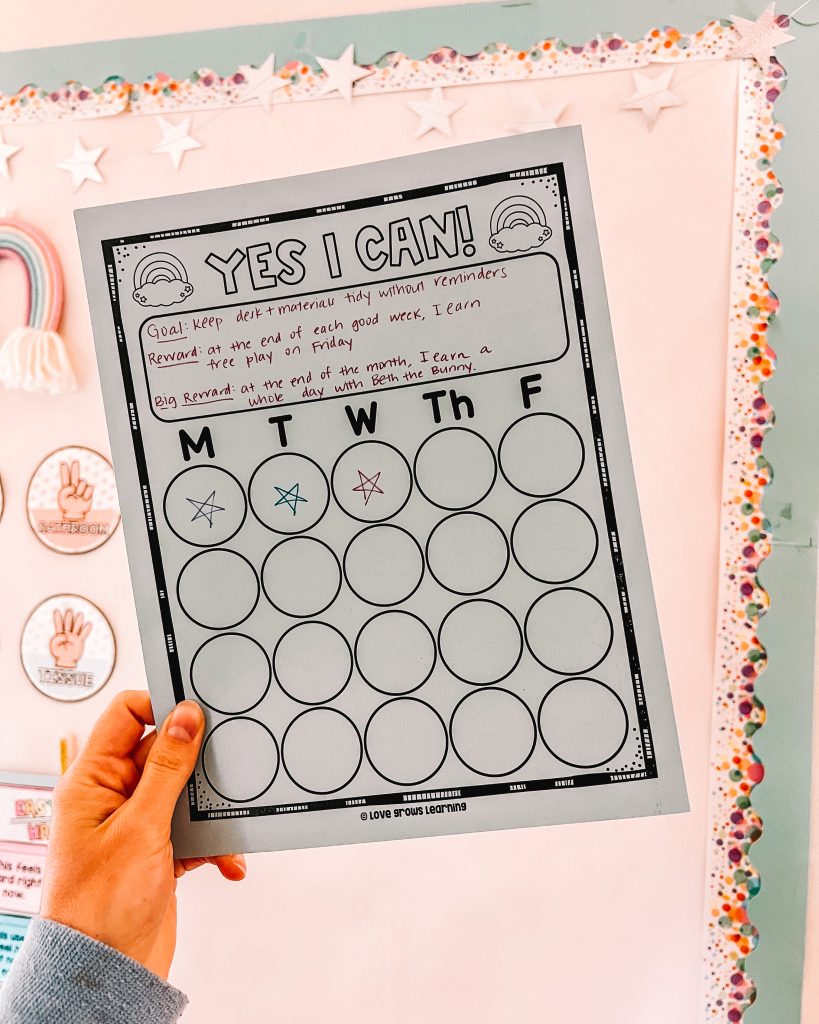
This sticker chart bundle has over 30 designs to pick from (because every student and situation is different!) You can get it right here in my TPT store.
Classroom Rewards Tips
- Mix it up. Use a blend of individual student rewards and whole class rewards to keep things fresh.
- Keep it visible. If you have a class goal (like filling a jar with pom-poms), put it somewhere students can see progress.
- Don’t forget fun. Sometimes the best part of rewards is just laughing together during a dance party or board games session.
- Make it meaningful. Kids know when a reward is just filler. Give them something they genuinely enjoy.
- Set boundaries. If you promise a reward for the end of the day, stick to it — even if the day’s been chaotic.
- Adapt for younger children. They respond best to quick, frequent rewards rather than long-term goals.
Classroom Rewards That Work For You
At the end of the day, classroom reward ideas work best when they’re simple, fun, and tied to building a strong, respectful classroom culture. You don’t need a Pinterest-perfect school store or a complicated chart system to make a big impact.
By focusing on positive reinforcement, mixing in whole class rewards, throwing in a few surprises, and making room for just-for-fun moments, you’ll create a classroom where students are motivated, supported, and excited to learn.
And honestly? That’s the best part of teaching.
Looking for classroom rewards that actually work? This bundle has everything you need!
Which of these tips are you most excited to try in your classroom? Let me know in the comments! xoxo Laura
Resources For You:
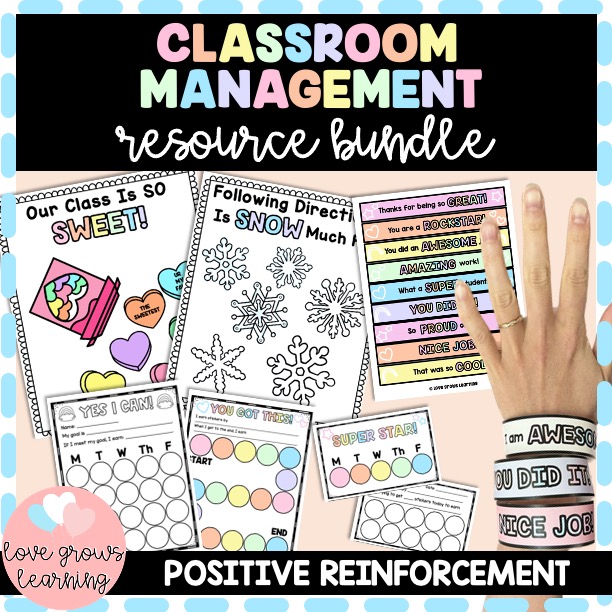


Articles For You:
How To Teach Classroom Rules Students Will Actually Follow
Classroom Rules and Routines: The Ultimate List of Children’s Books









No Comments